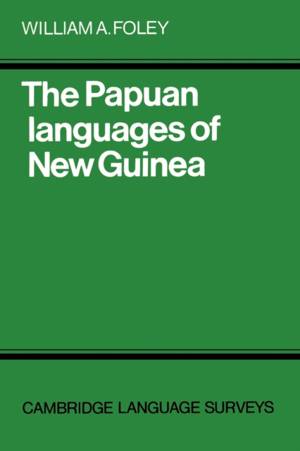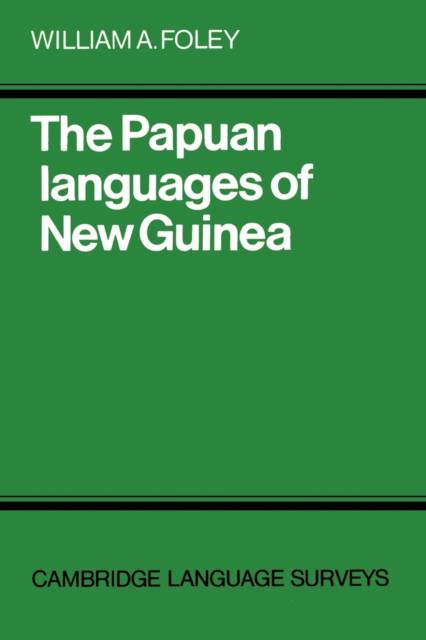
- Afhalen na 1 uur in een winkel met voorraad
- Gratis thuislevering in België vanaf € 30
- Ruim aanbod met 7 miljoen producten
- Afhalen na 1 uur in een winkel met voorraad
- Gratis thuislevering in België vanaf € 30
- Ruim aanbod met 7 miljoen producten
Zoeken
€ 112,95
+ 225 punten
Omschrijving
This introduction to the descriptive and historical linguistics of the Papuan languages of New Guinea provide an accessible account of one of the richest and most diverse linguistic situations in the world. The Papuan languages number over 700 (or 20 per cent of the world's total) in more than sixty language families. Less than a quarter of the individual languages have yet been adequately documented, and in this sense William Foley's book might be considered premature. However, in the search for language universals and generalisations in linguistic typology, it would be foolhardy to neglect the information that is available. In this respect alone, the present volume, systematically organised on mainly typology principles, is particularly timely and useful. In addition, the processes of linguistic diffusion are present in New Guinea to an extent probably paralleled elsewhere on the globe. The Papuan Languages of New Guinea will be of interest not only to general and comparative linguists and to typologists, but also to sociolinguists and anthropologists for the information it provides on the social dynamics of language content.
Specificaties
Betrokkenen
- Auteur(s):
- Uitgeverij:
Inhoud
- Aantal bladzijden:
- 320
- Taal:
- Engels
- Reeks:
Eigenschappen
- Productcode (EAN):
- 9780521286213
- Verschijningsdatum:
- 20/11/1986
- Uitvoering:
- Paperback
- Formaat:
- Trade paperback (VS)
- Afmetingen:
- 152 mm x 228 mm
- Gewicht:
- 512 g

Alleen bij Standaard Boekhandel
+ 225 punten op je klantenkaart van Standaard Boekhandel
Beoordelingen
We publiceren alleen reviews die voldoen aan de voorwaarden voor reviews. Bekijk onze voorwaarden voor reviews.








